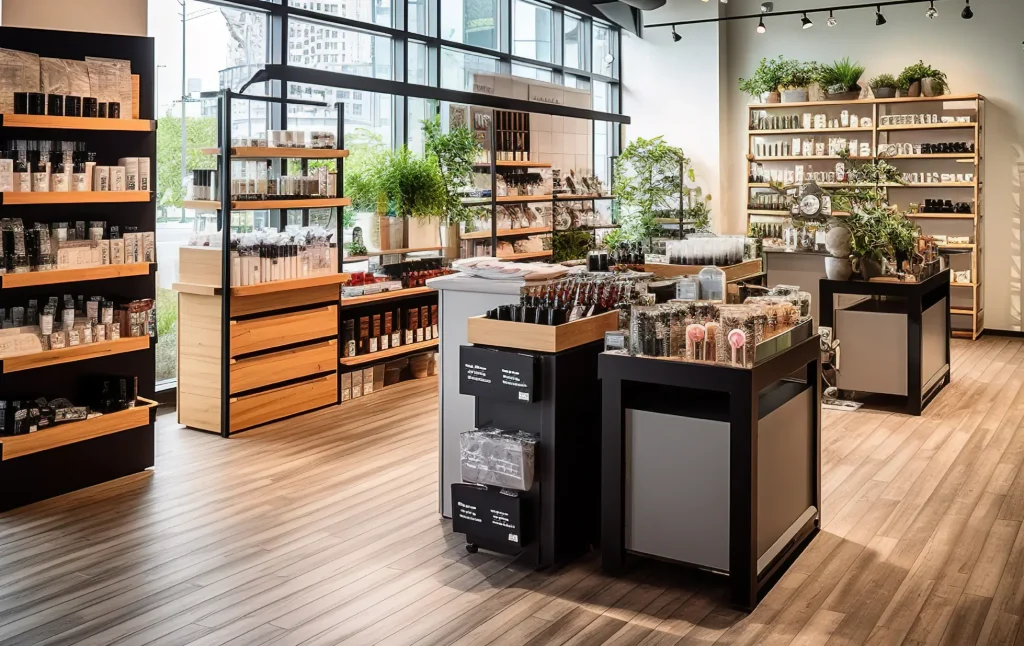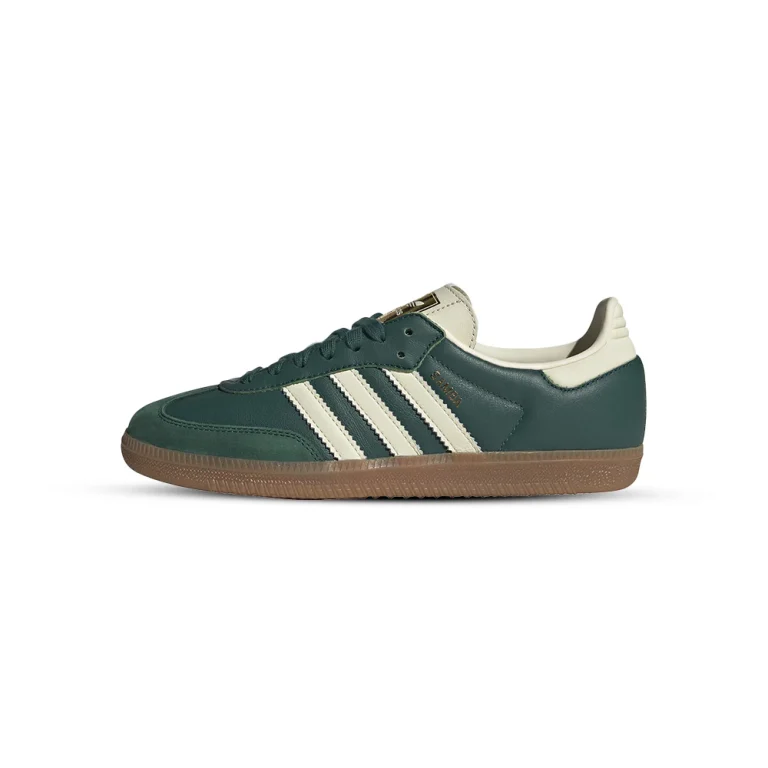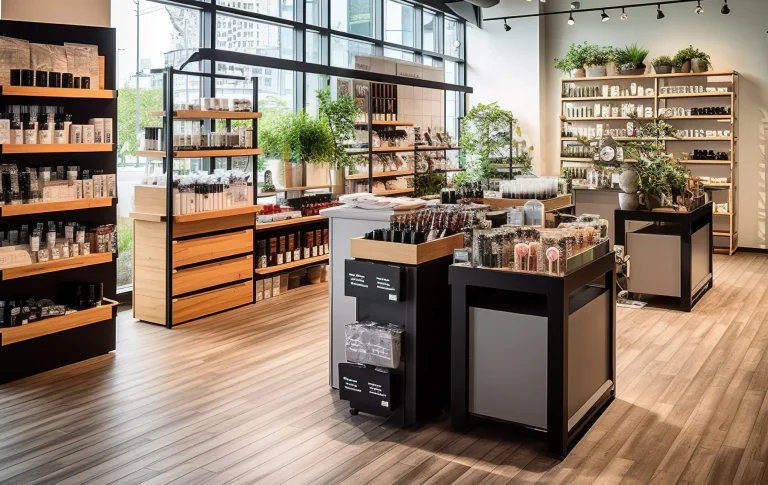In a competitive retail landscape, presentation is everything. By integrating retail display cabinets into your layout, you not only protect merchandise but also craft a visual story that guides customers through your brand narrative and drives engagement.
1. Align Fixtures with Brand Identity
Every element in your store should echo your brand’s core values. Sleek, frameless glass cabinets with powder-coated metal trims suit contemporary, high-tech retailers. Conversely, stores focused on artisanal or heritage products benefit from warm wood-frame cases with brass hardware and subtle beveling on the glass. Matching cabinet materials to flooring, wall finishes, and furniture creates a cohesive environment that strengthens brand recognition.
2. Enhance Visibility and Flow
Placement is key: situate cabinets at eye level along main aisles, near entrances, or beside checkout counters to capture attention. Ensure sightlines remain clear avoid blocking display cases behind fixtures or architectural pillars. For mixed-traffic zones, choose models with sliding or lift-off tops, allowing customers to interact directly with lower-value items, while reserving lockable glass panels for high-end pieces.

3. Optimize Lighting for Maximum Impact
Lighting brings out the best in every product. Install high-CRI 90+ LED strip lights along the top and side rails of each cabinet to render colors and textures accurately. Use adjustable puck lights or micro-spot fixtures to create focal points on signature items such as limited-edition collectibles or premium electronics casting precise beams that accentuate detail without causing glare. According to Shopify’s visual merchandising guide, well-executed lighting can boost perceived value and dwell time.
4. Curate Compelling Merchandise Stories
A crowded cabinet overwhelms shoppers. Instead, curate small vignettes that group complementary products like matching jewelry sets, themed gift bundles, or coordinated tech accessories to encourage multiple-item purchases. Incorporate acrylic risers, slanted trays, and negative space to introduce visual hierarchy, ensuring each piece stands out and invites closer inspection.
5. Blend Open and Enclosed Displays
Combining open shelving with enclosed cabinets adds layers to your merchandising strategy. Open displays work well for fast-moving items customers expect to handle such as phone cases or beauty tools while enclosed cabinets protect delicate, high-value merchandise from dust and theft. This hybrid approach keeps your environment dynamic and caters to both browsing and impulse buying.
6. Integrate Digital Experiences
Modern shoppers appreciate omnichannel convenience. Place a tablet or touchscreen beside key cabinets to offer detailed product videos, interactive catalogs, or virtual try-on demos. Embed QR codes on minimalist shelf tags to link to customer reviews, assembly guides, or care instructions. This blend of tactile and digital engagement can increase conversion rates, as highlighted in Forbes’ retail innovation report.
7. Maintain Pristine Presentation and Rotate Regularly
A spotless cabinet reflects your commitment to quality. Establish daily cleaning routines with microfiber cloths and ammonia-free glass cleaner. Monthly, empty cases to dust shelves, inspect lighting fixtures, and tighten hardware. Refresh your displays every six to eight weeks rotating featured products, updating thematic vignettes, and experimenting with new color schemes to keep the store experience fresh and encourage repeat visits.
By thoughtfully selecting retail display cabinets, optimizing illumination, curating merchandise narratives, and weaving in digital enhancements, you transform your store into an immersive, high-value environment. Regular maintenance and strategic rotations ensure your showcase remains both beautiful and commercially effective turning browsers into buyers with every presentation.






